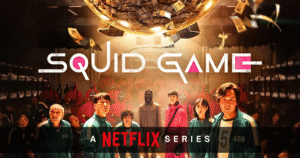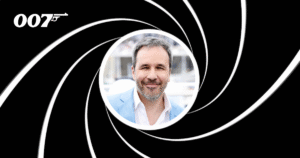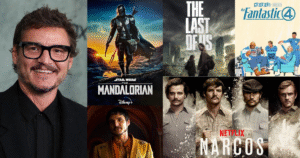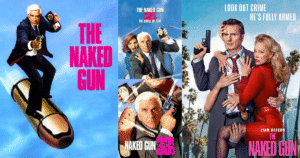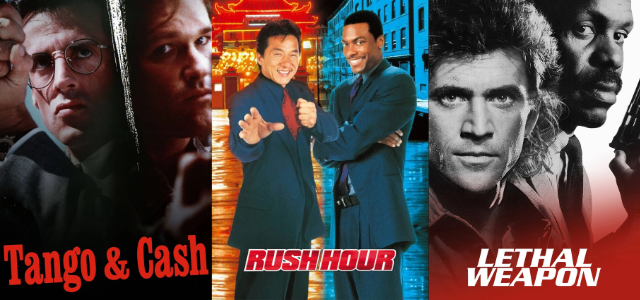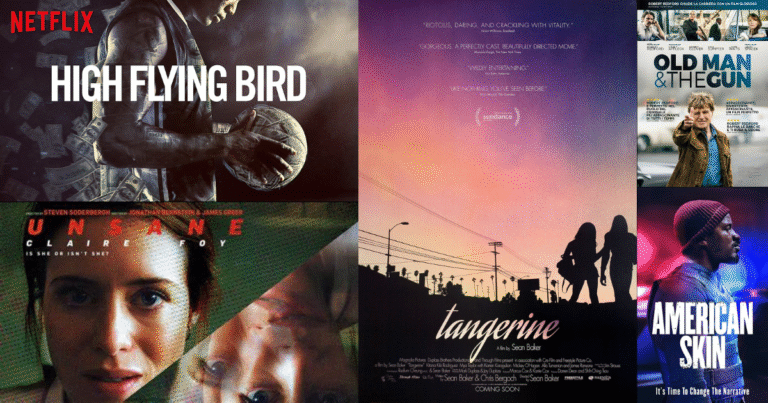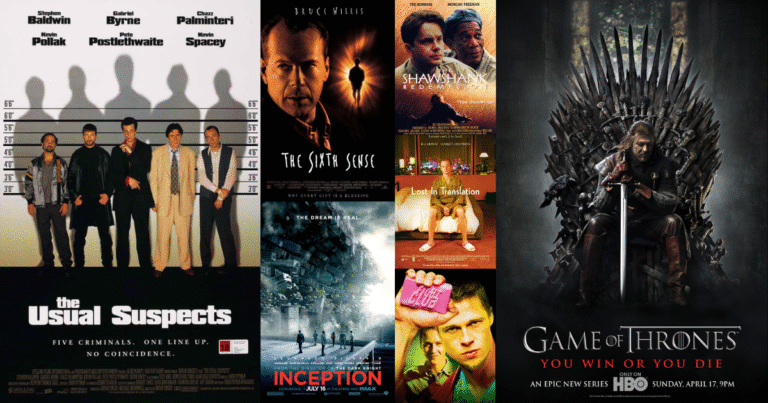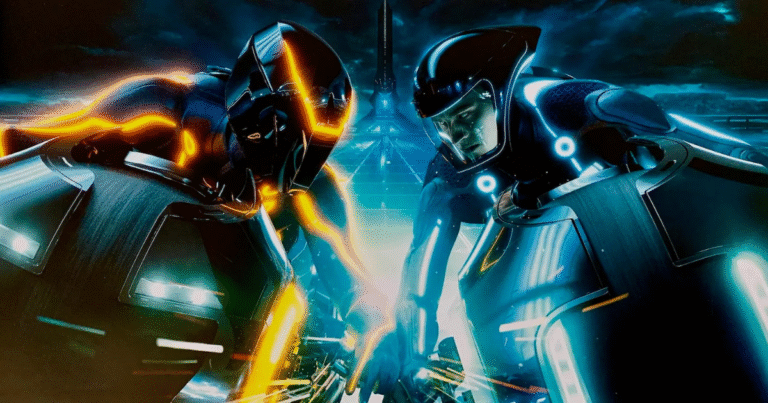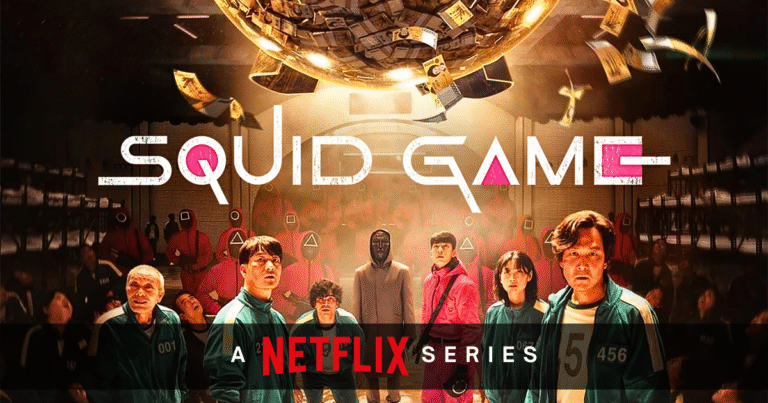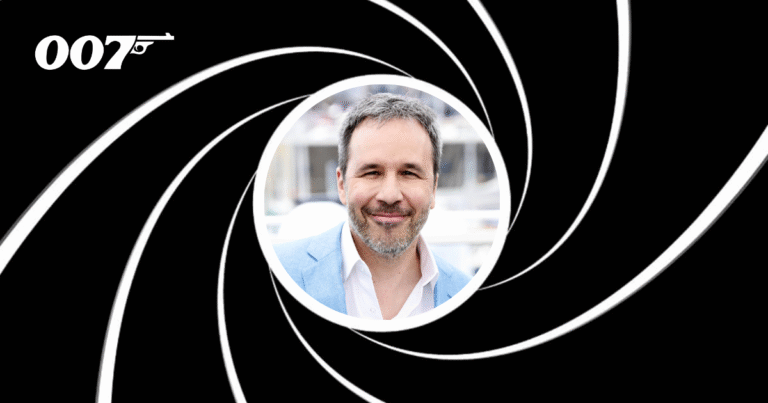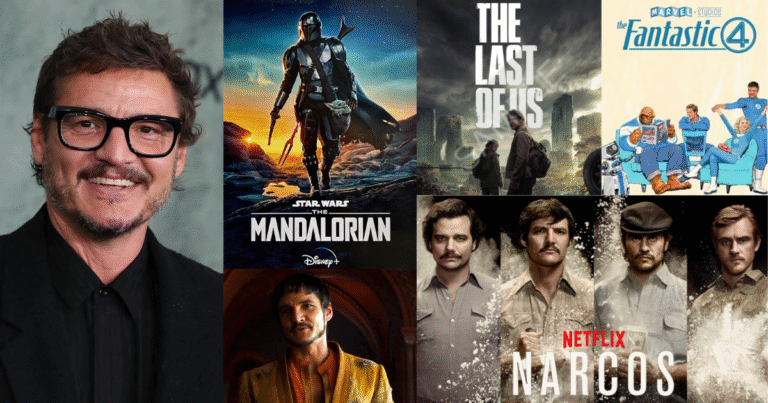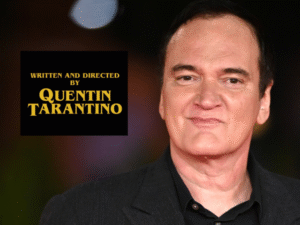We’ve all seen it in the movies, two characters who can’t stand each other are forced to work together. They argue, fight, and almost ruin everything. But in the end, they find a way to trust each other and get the job done. This idea is called “The Unity of Opposites” in storytelling, and it’s one of the most powerful tools writers use to keep us hooked.
Let’s break it down in simple terms. Imagine two people who are completely different, maybe one is quiet and careful, and the other is loud and reckless. Now put them in a tough situation where they have no choice but to work together. What happens next is often funny, tense, and full of drama. That’s what makes it fun to watch. Their differences make their journey more interesting, and when they finally learn to respect each other, it feels earned.
A great example of this is the film Tango and Cash (1989), starring Sylvester Stallone and Kurt Russell. Stallone plays Ray Tango, polished, serious, and by-the-book. Russell plays Gabriel Cash, wild, laid-back, and sarcastic. They’re both cops, but they can’t stand each other. When they’re wrongly accused of a crime, they’re forced to team up to clear their names. The magic of the film doesn’t just come from the action scenes. It comes from watching two opposites clash, grow, and eventually work as a team. Their journey from hate to respect is what gives the film its heart.
Another classic is Lethal Weapon. Mel Gibson plays Martin Riggs, a reckless cop with nothing to lose, while Danny Glover plays Roger Murtaugh, a family man close to retirement. They’re assigned as partners. At first, Murtaugh wants nothing to do with Riggs, who seems dangerous and unstable. But as the story moves forward, they begin to understand each other. Riggs finds purpose, and Murtaugh sees that Riggs is more than just a wild card. Again, the story works not because they’re perfect partners, but because they’re not.
This idea isn’t limited to action films. Look at The Devil Wears Prada. Anne Hathaway’s character, Andy, is a simple, fresh-out-of-college girl who joins a high-fashion magazine. Her boss, Miranda Priestly, played by Meryl Streep, is cold, demanding, and impossible to please. Their values are completely different. Andy wants to do meaningful work; Miranda lives in a world of appearances and pressure. Their conflict drives the story. As they spend more time together, Andy changes — but not in the way you might expect. She learns the cost of success and decides what matters to her. That tension, between two very different worldviews, is what gives the film its edge.
Even animated movies use this formula. Take Shrek. Shrek is a grumpy ogre who just wants to be left alone. Donkey is talkative, silly, and full of energy. When they go on a journey together, their opposite personalities create chaos, and a lot of laughs. But by the end, they become close friends. Again, the story shines because they’re different.
Why do these stories work so well? It’s because opposites create conflict, and conflict creates story. If everyone gets along and agrees from the beginning, there’s no tension. There’s nothing to resolve. But when characters disagree, we get emotion, surprises, and growth. Watching people struggle to understand each other is something we can all relate to. It feels real.
Another reason is balance. Opposites often complete each other. One character might be brave but impulsive. The other might be smart but scared. When they work together, they cover each other’s weaknesses. That makes their teamwork satisfying to watch. It also gives us a sense of hope, that even people who don’t see eye to eye can learn from each other.
The Unity of Opposites also keeps the audience guessing. Will they finally get along? Will they ruin everything? It creates suspense. And when they finally connect, it feels like a big win.
Think about Rush Hour, where Jackie Chan plays a disciplined Hong Kong detective, and Chris Tucker plays a loud and flashy LAPD cop. They’re forced to work together to solve a kidnapping case. They argue constantly and have completely different styles, but by the end, they trust and respect each other. Their differences are what make the movie fun and memorable.
In romantic films, the same idea applies. In 10 Things I Hate About You, the main couple seem completely wrong for each other at first. But their differences challenge them to grow and become better people. That push and pull is what creates sparks.
Writers and filmmakers use this method because it mirrors real life. We don’t always get along with everyone we meet. We clash with people who think differently. But sometimes, those people help us grow. Stories that show this feel honest, even if they’re full of car chases or magic spells.
So if you’re writing a story, or just watching one, pay attention to the characters. Ask yourself: how are they different? What do they want that puts them at odds? And how might those differences actually make them stronger together? That’s where the real story lives.
To sum it up: The Unity of Opposites is one of the most powerful tools in storytelling. It brings tension, humor, growth, and heart to any story. Whether it’s action, comedy, romance, or drama, putting two clashing characters together always gives the audience something to care about.
Next time you watch a movie where two people can’t stand each other but end up saving the day, remember, it’s their differences that made the story worth telling.
